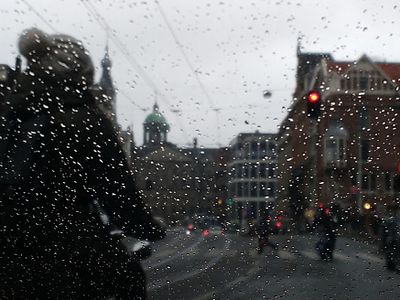User:Sb2s3

On Photography
All photographs are memento mori. To take a photograph is to participate in another person's (or thing's) mortality, vulnerability, mutability. Precisely by slicing out this moment and freezing it, all photographs testify to time's relentless melt. Cameras began duplicating the world at that moment when the human landscape started to undergo a vertiginous rate of change: while an untold number of forms of biological and social life are being destroyed in a brief span of time, a device is available to record what is disappearing. The moody, intricately textured Paris of Atget and Brassaï is mostly gone. Like the dead relatives and friends preserved in the family album, whose presence in photographs exorcises some of the anxiety and remorse prompted by their disappearance, so the photographs of neighbourhoods now torn down, rural places disfigured and made barren, supply our pocket relation to the past. [...] [P]hotographs ─ especially those of people, of distant landscapes and faraway cities, of the vanished past ─ are incitements to reverie. The sense of the unattainable that can be evoked by photographs feeds directly into the erotic feelings of those for whom desirability is enhanced by distance [...] ─ all such talismanic uses of photographs express a feeling both sentimental and implicitly magical: they are attempts to contact or lay claim to another reality.
- — [Susan Sontag] of [a departed century], excerpted from Sontag, Susan. On Photography. New York: Delta Books, 1977; q.v. for full text.. Retrieved on 2015-10-10.
Here, on the right, is a statue from Tbilisi.
